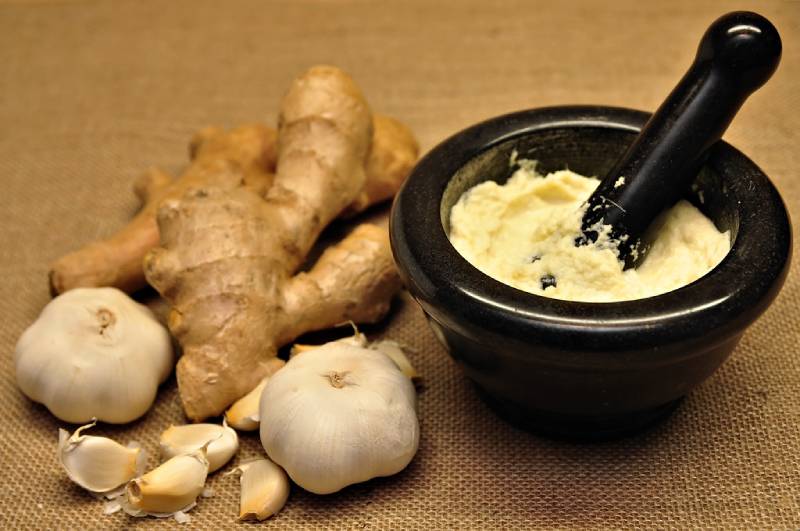During a recent continuing medical education conference, I had the privilege of listening to a specialist in blood pressure and kidney health, who highlighted seven categories of foods known to have a positive impact on lowering blood pressure. This valuable information is worth sharing.
But first, let’s take a moment to acknowledge the prevalence of high blood pressure in the United States. According to the American Heart Association, over 122 million Americans, nearly half of all adults, suffer from high blood pressure, a condition that can lead to serious health issues such as stroke, heart disease, and kidney failure. Maintaining healthy systolic blood pressure below 120 and diastolic blood pressure below 80 is crucial.
So, how can we achieve optimal blood pressure levels without resorting to medication? Most physicians recommend adhering to the Mayo Clinic guidelines, which include losing weight, reducing sodium intake, quitting smoking, moderating alcohol consumption, engaging in regular exercise, and managing stress through practices like yoga, meditation, or biofeedback.
However, what physicians may not always emphasize is the significant role that specific foods can play in naturally lowering blood pressure, reducing the risk of stroke, heart disease, and kidney failure:
- Magnesium-Rich Foods: Numerous studies, including one published in Advances in Chronic Kidney Disease in 2018, underscore the importance of magnesium in reducing high blood pressure and maintaining kidney function. Unfortunately, the average American diet has seen a decline in magnesium intake in recent years, even though magnesium acts as a co-factor for more than 300 enzymes.
- Excellent sources of magnesium include nuts and seeds (like almonds, cashews, peanuts, pumpkin seeds, sunflower seeds, and chia seeds), leafy green vegetables (such as spinach, kale, Swiss chard, and collard greens), legumes (beans, lentils, peas, and edamame), whole grains (oats, brown rice, and quinoa), potatoes, sweet corn, dark chocolate, and fruits (like avocado, bananas, papayas, and blackberries). Magnesium can also be obtained through dietary supplements, but excessive doses may lead to diarrhea.
- Potassium-Rich Foods: A 2017 article in the International Journal of Cardiology highlights the role of potassium-rich foods in lowering blood pressure among hypertensive individuals. Potassium aids in eliminating excess sodium from the body and, similar to magnesium, relaxes blood vessel muscle fibers.
- Excellent sources of potassium include fruits (such as bananas, oranges, grapefruit, cantaloupe, avocado, apricots, prunes, and raisins), vegetables (like leafy greens, potatoes, sweet potatoes, tomatoes, broccoli, Brussels sprouts, asparagus, and mushrooms), dairy products (milk, yogurt, and cheese), and fish (salmon, tuna, and cod).
- Zinc-Rich Foods: A study in the 2020 European Journal of Nutrition highlights the potential of zinc in reducing systolic blood pressure. Zinc aids in the production of nitric oxide, which dilates blood vessels and, consequently, lowers systolic blood pressure. Zinc also boasts antioxidant properties.
- Great sources of zinc include meat and poultry (beef, lamb, chicken, and turkey), seafood (oysters, crab, shrimp, and lobster), nuts and seeds (almonds, cashews, peanuts, pumpkin seeds, and sunflower seeds), whole grains (oats, brown rice, and quinoa), legumes (beans, lentils, and peas), and dairy products (milk, yogurt, and cheese). Zinc supplements are also available.
- Nitrates-Rich Foods: Nitrates convert to nitrites, which facilitate the production of nitric oxide, leading to blood vessel dilation, as observed in the International Journal of Hypertension (2016). Beetroot is a notable source of nitrates, while spinach, arugula, lettuce, chard, and celery also contain significant amounts.
- Research has explored the daily consumption of beetroot juice for hypertensive patients, with studies like the one conducted by Cicero Jonas Benjamim and colleagues indicating significant reductions in systolic blood pressure, both in men and women (Frontiers in Nutrition, 2022). Other studies, such as those by Myers and colleagues, have found that daily beetroot juice intake can decrease diastolic blood pressure, particularly in pregnant women (Nitric Oxide, 2020).
- Garlic: Multiple studies, such as the one featured in Integrated Blood Pressure Control in 2014, highlight the vasodilation and anti-inflammatory properties of garlic. Garlic supplements, particularly aged garlic extract, are also available.
- Ginger: A 2019 article in Phytotherapy Research demonstrates the blood pressure-lowering effects of ginger. Ginger is known for its anti-inflammatory properties and its ability to promote nitric oxide production.
- Ginseng: Several studies, including one published in the 2014 Journal of the American Society of Hypertension, indicate that Panax ginseng consumption reduces arterial stiffness and lowers both systolic and diastolic blood pressure in healthy individuals.
Now, let’s take proactive steps and incorporate these essential categories of foods into our daily diet to support our blood pressure health.”
Topics #Blood Pressure #foods #garlic #ginger #ginseng #magnesium #nitrates #potassium #zinc




